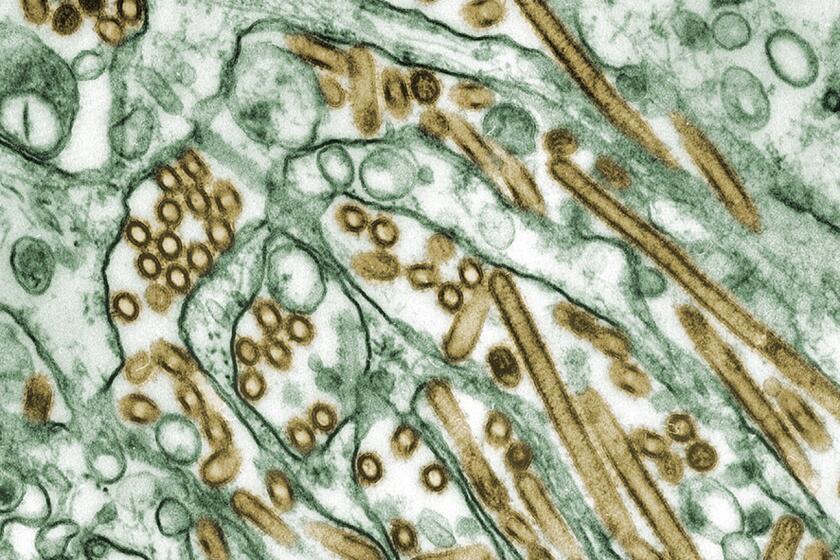Gentle giants and free-floating fear
The LARGE TURTLE emerges from the reef, hovers briefly over the sand and glides weightlessly through the blue-green haze. Mesmerized snorkelers follow, feeling their apprehension diminish with each fin kick.
Lucky them.
The reef is far from the beach and out here you can become a link in the food chain. As I swim beside the gentle giant, I peer through my legs, half expecting to see something menacing.
I am under the spell of this reptile on the fringes of Maui’s Napili Bay but haunted by a tiger shark that severed my leg in a recent nightmare.
Few creatures are as captivating as the green sea turtle. Excessive hunting drove it onto the endangered species list in 1978. Now, the adult population in Hawaiian waters has increased fivefold to about 35,000 animals, plus thousands more juveniles. In contrast, few beasts are more terrifying than the tiger shark. It is blamed for three or four attacks on humans annually off Hawaii and for killing a surfer two months ago at nearby Kahana.
Turtles and tigers are inextricably linked as prey and predator. Sharks crave turtles so much that they may mistake humans for the reptiles. I’m well aware of this as I inspect the 3-foot turtle on the reef, not only for my safety, but for the well-being of my 10-year-old niece, Kasey.
She rests on her bodyboard, peering through her mask, arms and legs dangling like limbs of a turtle from its shell.
We push on with half a dozen or so other snorkelers, changing course when another turtle emerges. Late-morning sun illuminates the reef. Colorful butterflyfish sway with the current. A snowflake eel slithers atop a large rock and, nearby, an amberjack has corralled a school of big-eye scad.
Neither the fish nor the turtles are skittish, which is a good sign, but not altogether reassuring. A local peddler of turtle art warned earlier, “More turtles only means more tiger sharks.”
This has not been proven, says John Naughton, a Honolulu-based shark specialist for the National Marine Fisheries Service. But commercial shark fishery is no longer active, so the shark population probably is increasing, he acknowledges.
That so few attacks occur given the millions of swimmers and surfers in the water proves sharks don’t consider humans food, Naughton explains. Consider the fatal attack on Willis McInnis, on April 7, in murky water near Kahana. The shark released its prey after a single bite. perhaps realizing its mistake. It was the first known fatal attack in almost 12 years.
Rare as such attacks are, they play tricks in the mind. Doubtless, the attack at Kahana influenced my nightmare, and it’s the reason I’m feeling more nervous as gathering wind pushes us seaward, making for a long, slow swim to the beach.
That swim begins with a purpose when the turtle we’re following suddenly picks up speed, banks a sharp turn and leaves us far behind. Thankfully, it left no ominous shadow.
To e-mail Pete Thomas or read his previous Fair Game columns, go to latimes.com/petethomas.
More to Read
Start your day right
Sign up for Essential California for news, features and recommendations from the L.A. Times and beyond in your inbox six days a week.
You may occasionally receive promotional content from the Los Angeles Times.






